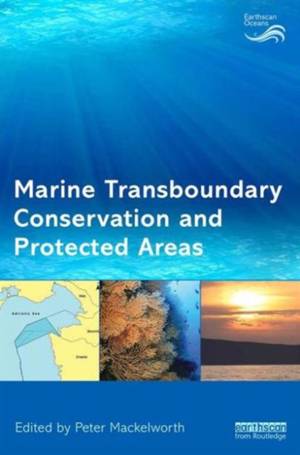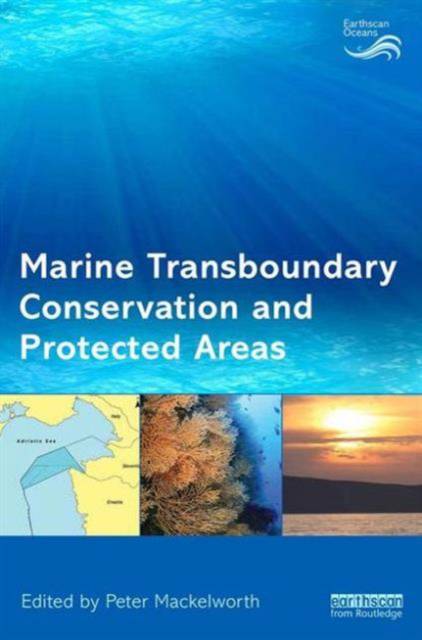
- Retrait gratuit dans votre magasin Club
- 7.000.000 titres dans notre catalogue
- Payer en toute sécurité
- Toujours un magasin près de chez vous
- Retrait gratuit dans votre magasin Club
- 7.000.000 titres dans notre catalogue
- Payer en toute sécurité
- Toujours un magasin près de chez vous
Marine Transboundary Conservation and Protected Areas
Description
The marine environment does not naturally respect arbitrary international boundaries. The establishment and management of transboundary marine protected areas therefore presents major governance challenges. This book analyses a series of marine transboundary conservation initiatives embedded in varying contextual situations to examine the underlying reasons for their success or failure.
Utilising an adapted 'pathways of influence' framework, it provides insights into the development of marine transboundary conservation initiatives looking at the effectiveness of international rules, international norms and discourse, market forces and direct access to policy making. Examples come from a wide range of jurisdictions, including territorial seas, continental shelves, exclusive economic zones and areas beyond national jurisdiction. Case studies include initiatives in the Coral Triangle, West Africa, Central America, the Wadden Sea, the Red Sea and the Mediterranean Sea.
In addition the authors assess the potential for developing wider international cooperation as a result of relationships forged though involvement within these marine transboundary conservation initiatives.
Spécifications
Parties prenantes
- Editeur:
Contenu
- Nombre de pages :
- 326
- Langue:
- Anglais
- Collection :
Caractéristiques
- EAN:
- 9781138851139
- Date de parution :
- 16-05-16
- Format:
- Livre relié
- Format numérique:
- Genaaid
- Dimensions :
- 155 mm x 236 mm
- Poids :
- 521 g






